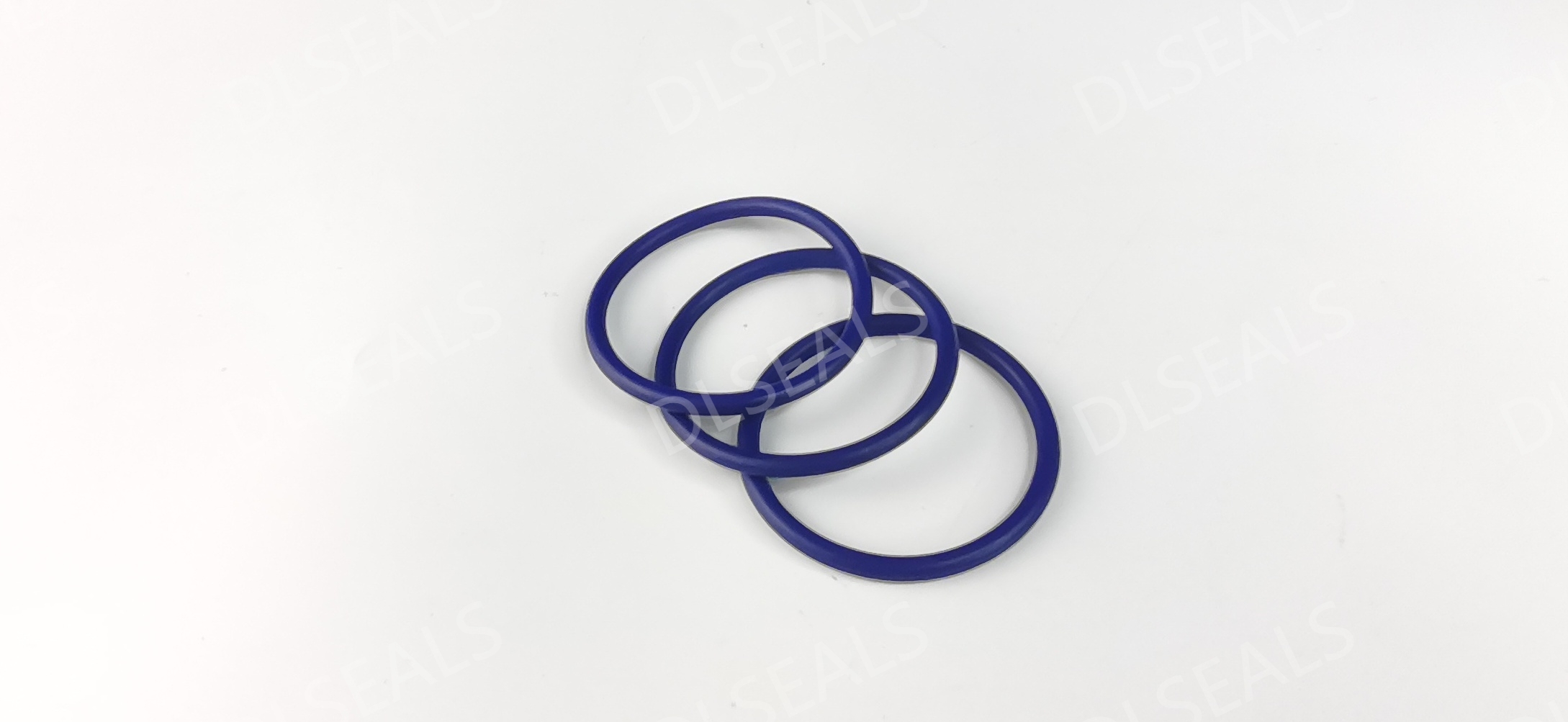
Introduction
As the core facility of modern buildings and transportation, the operating efficiency and reliability of air-conditioning systems directly affect the user’s comfort experience and energy consumption. As a key component in the air-conditioning system, the performance of rubber seals has an important impact on the overall performance of the system. This article will explore the application of rubber seals in air-conditioning systems, including their functions, material selection, specific application scenarios and related technical requirements.
Functions and Importance of Rubber Seals
In air-conditioning systems, rubber seals mainly undertake the following functions:
Sealing function: The main function of rubber seals is to prevent the leakage of fluids such as refrigerants and lubricants to ensure the airtightness of the system. Effective sealing can prevent the leakage of refrigerants, avoid environmental pollution, and improve the working efficiency of the system.
Dustproof and waterproof: Seals also need to prevent dust, moisture and other external contaminants from entering the system to protect internal components from damage.
Shock absorption and buffering: In the compressor, fan and other dynamic components of the air-conditioning system, rubber seals provide vibration isolation and noise reduction functions, reducing the impact of mechanical vibration on the system.
Anti-aging and corrosion resistance: Rubber seals need to maintain stable performance in high and low temperature environments and chemical media to prevent seal failure due to aging or corrosion.
Material selection for rubber seals
Different types of rubber materials are suitable for different working environments and application requirements:
Nitrile rubber (NBR):
Features: Excellent oil resistance and wear resistance, suitable for applications in the medium and low temperature range (-40°C to 120°C).
Application: Mainly used for sealing of common refrigerants and lubricating oils, such as seals of air conditioning compressors and condensers.
Limitations: Poor tolerance to strong acids, strong alkalis and extreme chemicals, not suitable for high temperature environments.
Fluororubber (FKM):
Features: Excellent chemical resistance, high temperature resistance (-20°C to 250°C), excellent corrosion resistance.
Application: Used for seals in high temperature and high corrosion environments, such as high-performance air conditioning compressors and refrigerant systems.
Limitations: High cost, not suitable for economical applications.
EPDM:
Features: Excellent aging and ozone resistance, suitable for a wide temperature range (-50°C to 150°C).
Applications: Suitable for waterproof and dustproof applications, such as air handlers and waterproof seals in air conditioning systems.
Limitations: Poor tolerance to oils and fuels, not suitable for applications in direct contact with these media.
Application scenarios of rubber seals
Specific applications of rubber seals in air conditioning systems include:
Compressor seals:
Requirements: Seals need to withstand high pressure and high temperature, while resisting the erosion of refrigerants and lubricants.
Material selection: Fluororubber or high-performance nitrile rubber is usually used to ensure long-term sealing effect.
Condenser seal:
Requirements: To prevent the leakage of refrigerant and condensed water, the seal needs to have good moisture resistance and corrosion resistance.
Material selection: Nitrile rubber or EPDM materials are mostly used, considering their good water resistance and economy.
Evaporator seal:
Requirements: Maintain stable sealing performance in low temperature environment to prevent refrigerant leakage.
Material selection: Both nitrile rubber and fluororubber can be used for evaporator seals, and the specific selection depends on the temperature range and chemical compatibility.
Dry filter seal:
Requirement: Prevent the ingress of moisture and impurities while ensuring the tightness of the refrigerant.
Material selection: Nitrile rubber and EPDM materials, considering their durability and economy.
Pipe and joint seals:
Requirement: Ensure the tightness of the pipe joints to prevent refrigerant leakage and air from entering the system.
Material selection: Nitrile rubber and EPDM materials, because of their easy processing and good sealing performance.
Technical requirements and challenges
Durability: Seals must have sufficient durability to cope with long-term use and harsh environments. High-quality rubber materials and optimized formulations are the key to ensure durability.
Processing accuracy: The manufacturing accuracy of the seal directly affects the sealing effect. High-precision molds and strict quality control measures are the basis for ensuring sealing performance.
Environmental adaptability: As environmental conditions change (such as changes in temperature, humidity, and chemical media), the material and design of the seal need to adapt to these changes to ensure a continuous sealing effect.
Conclusion
Rubber seals play a vital role in air conditioning systems. By selecting the right rubber material and precise design, the system can be effectively sealed, leaks can be prevented, vibrations can be reduced, and the overall performance of the system can be improved. With the continuous advancement of technology and the continuous improvement of application requirements, the research and development and application of rubber seals will continue to move towards higher standards to meet the higher requirements of future air conditioning systems for sealing performance and durability.
Post time: Sep-25-2024
